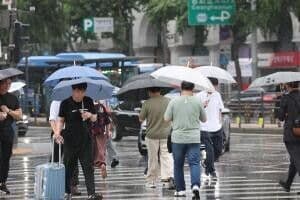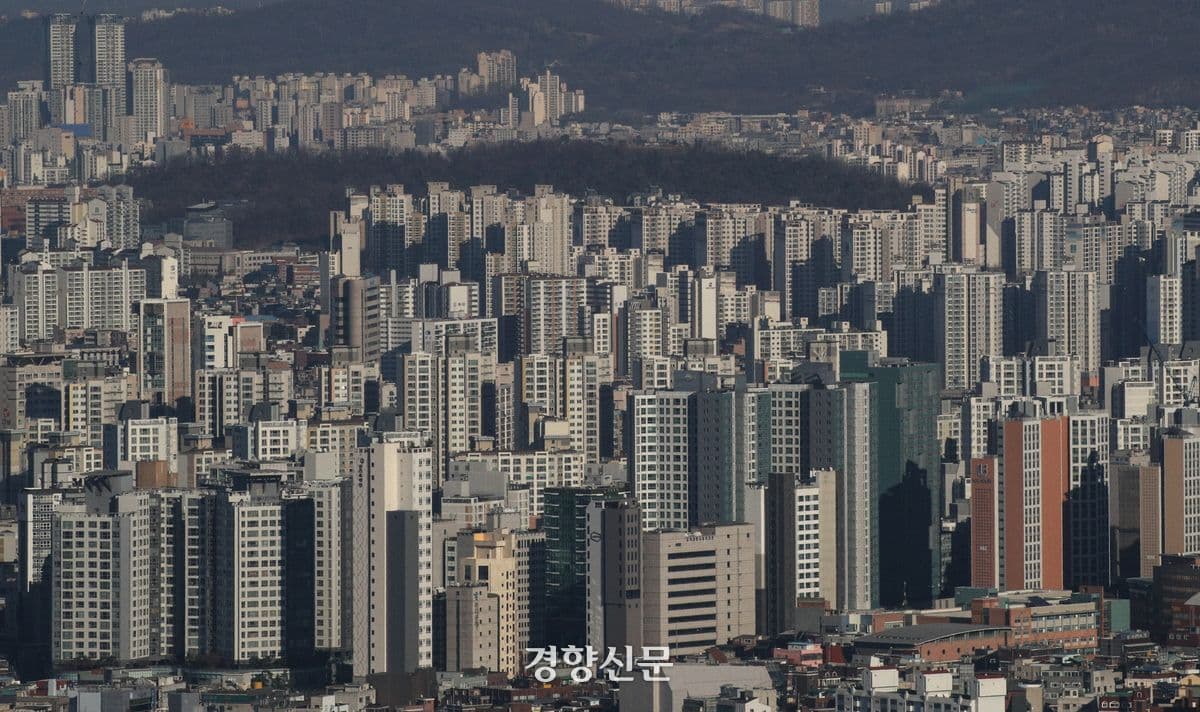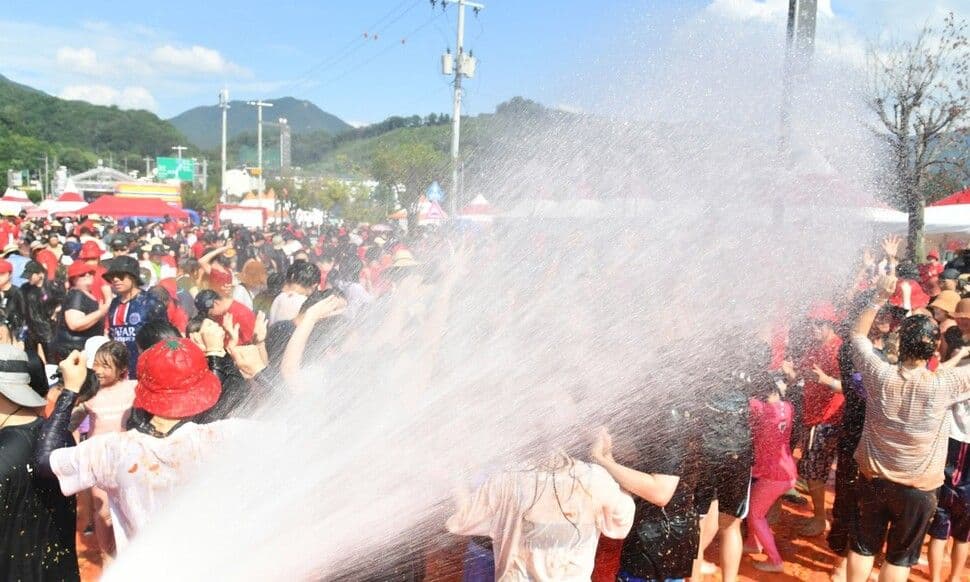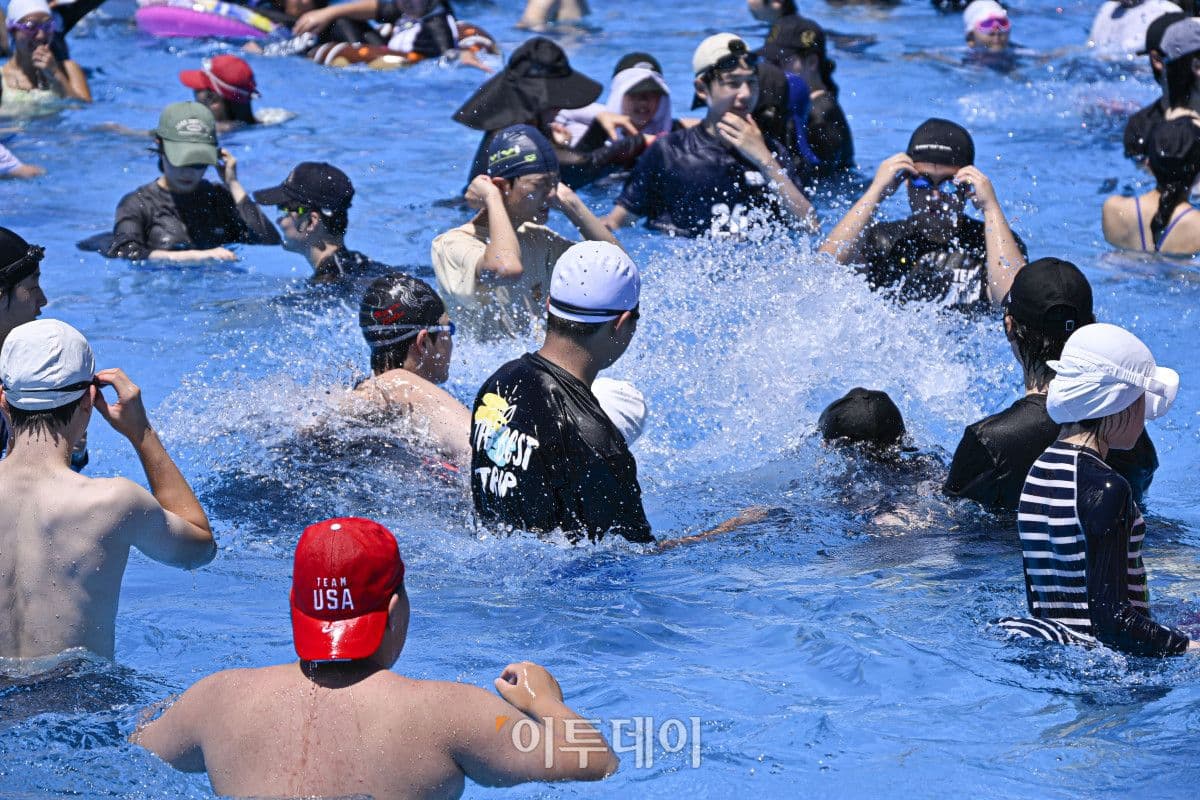Summer's Shifting Palette: Navigating Korea's Diverse Daily Weather
Explore Korea's dynamic summer weather, from regional downpours to clear skies. Understand humidity's impact, stay safe, and adapt to the diverse daily forecast.
A Humid Embrace with a Splash of Variability
Step into a South Korean summer, and you're immediately wrapped in a humid embrace. The air hangs thick, yet beneath this pervasive warmth lies a fascinating daily variability that keeps residents and visitors alike on their toes. Typical morning lows hover between 22 and 27 degrees Celsius, climbing to a peak of 28 to 34 degrees by afternoon. But these numbers only tell part of the story. The real sensation comes from the heat index, which often soars above 31 degrees Celsius, creating a truly muggy and intense experience. Interestingly, despite the atmospheric moisture, the air quality remains remarkably good across the entire country, thanks to efficient atmospheric dispersion and, often, the refreshing influence of rain. Even the coastal waters contribute to this dynamic picture, with waves ranging from 0.5 to 2.5 meters near the and shores, and up to 3.5 meters further out, while the sees slightly calmer conditions. This intricate interplay of heat, humidity, and atmospheric conditions sets the stage for a day where weather can shift dramatically across the .

Where the Rain Falls vs. Where the Sun Shines: A Regional Breakdown
Delving deeper into summer weather reveals a captivating patchwork of regional microclimates, where sunny skies can coexist with torrential downpours just a few hours' drive away. Take, for instance, the , including , , and , where a recent forecast showed consistently clear skies with minimal chance of rain throughout the day. Contrast this with the northeastern , particularly and , which anticipated persistent cloudy conditions and frequent showers. Meanwhile, the central regions like , , and expected mostly cloudy skies with a low probability of scattered rain. The southern parts of the peninsula, including , , and , often experience the most dramatic shifts. Cities like , , , , , and were braced for heavy morning rains, sometimes reaching a staggering 70mm per hour, before gradually clearing up in the afternoon. , however, stood out with consistent cloudy skies and a high chance of rain throughout the day. This localized intensity means that even within a single province, the weather can differ significantly, demanding a keen eye on hyper-local forecasts.
The Feel of Summer: Humidity, Heat Index, and Clear Skies
Beyond the raw numbers on a thermometer, the true essence of a Korean summer is felt in the air itself. That persistent, humid embrace we talked about earlier translates into a "perceived temperature" that often climbs significantly higher than the actual mercury reading. When the heat index nudges past 31 degrees Celsius, the atmosphere becomes undeniably heavy and oppressive, making even simple outdoor activities feel like a challenge. You'll notice the air itself seems to cling, a testament to the high moisture content. Yet, in a pleasant twist, the often-feared fine dust levels remain surprisingly low and healthy across the entire country. This welcome clarity is largely due to the vigorous atmospheric dispersion and the frequent, cleansing rains that sweep through, washing away pollutants. So, while you might be sweating, you can at least breathe easy. Even the ocean's temperament, with moderate to high waves along the east and south coasts, adds to the sensory palette, hinting at the vast, moist air masses influencing the entire land.

Practical Playbook: Staying Safe and Comfortable Across the Peninsula
Navigating dynamic summer requires a smart, adaptable approach. Given the potential for intense, localized downpours, especially in the southern regions and parts of the capital area, flood safety becomes paramount. Weather authorities frequently issue warnings about rapidly swelling rivers and the dangers of using low-lying areas or underpasses during heavy rain. It's always wise to avoid riverside walkways and be extra cautious in flood-prone zones. Beyond the rain, managing the pervasive heat and humidity is key to comfort. Staying well-hydrated is non-negotiable – carry water and drink frequently. Opt for lightweight, breathable clothing, and don't hesitate to seek refuge in air-conditioned spaces during the hottest parts of the day. For those near the coast, remember that sea conditions can vary; checking marine forecasts before engaging in any water activities is a sensible precaution. Ultimately, a proactive mindset, coupled with a regular check of the latest local weather updates, is your best guide to a safe and enjoyable summer experience.

Embracing the Dynamic Summer Season
As we journey through summer, it becomes clear that this season is far from monolithic. It's a vibrant, ever-changing palette of weather conditions, from clear, humid cityscapes to rain-soaked mountain valleys and coastal deluges. The peninsula truly offers a masterclass in microclimates, where regional differences are not just statistical nuances but tangible daily experiences. Rather than viewing this variability as a challenge, perhaps it's an invitation to embrace the dynamic character of the season itself. Understanding these patterns, from the muggy heat index to the localized downpours and surprisingly clean air, allows us to appreciate the country's diverse geography and climate. By staying informed and prepared, we can move beyond simply enduring the summer and instead find ways to lean into its unique rhythm, turning potential inconveniences into opportunities for deeper engagement with fascinating natural world. It’s a summer that asks for adaptability, and in return, offers a rich, unforgettable experience.
Related Articles

Korea's Summer Climate Puzzle: Heatwaves, Deluges, and the Art of Prediction

Korea's Summer Climate Puzzle: Heatwaves, Deluges, and the Art of Prediction

Decoding the Dual Extremes: Korea's Summer of Sweat and Storms

Decoding the Dual Extremes: Korea's Summer of Sweat and Storms

The Unyielding Embrace: How Korea's Historic Heatwave Reshapes Everyday Life

The Unyielding Embrace: How Korea's Historic Heatwave Reshapes Everyday Life

Weather Whiplash: Navigating Korea's Shifting Summer Skies
